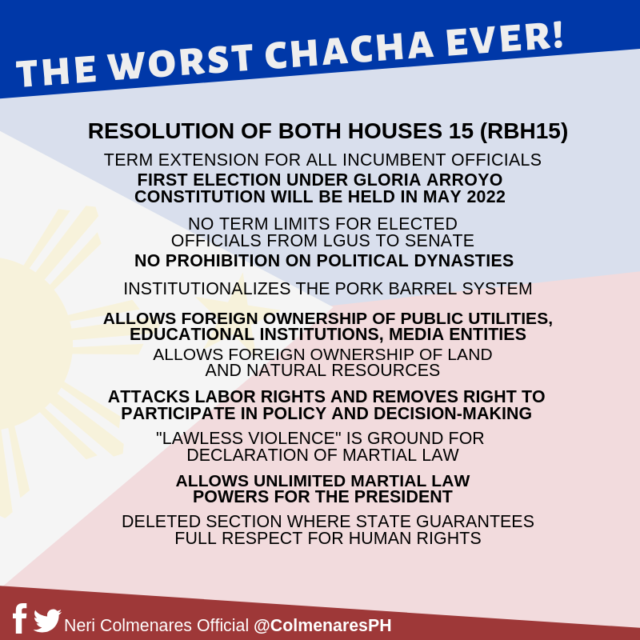Oscar Franklin Tan
Who sends Tyrion Lannister to a sword fight and Jaime Lannister to a negotiating table? Sadly, this is what the most vocal legal critics of martial law have done in the past 18 months.
Martial law is our most formidable emergency power. Deploying it merits serious political and legal questions.
The political asks: Is martial law correct? The legal asks a more basic question: Is it even permitted given the facts?
Law sets minimums but cannot decide for us.
How confused has the legal debate been?
Initially, for example, critics argued a president may not declare martial law if not recommended by his defense secretary.
No judge could accept this. Our Constitution has no such requirement and it is illogical because a president may overrule or even replace his defense secretary any time.
Sensible legal advocates frame:
1. What actual powers does martial law grant?
2. How has martial law actually been used since May 23, 2017?
3. What military plans for 2019 cannot be pursued without martial law?
Visualize the Marawi siege.
At its height, Mayor Majul Gandamra and policemen barricaded themselves in Marawi’s City Hall, preventing the Islamic State flag from being flown there. City hall reopened days later, although it was too dangerous for staff to come to work daily.
This is the extreme scenario martial law solves. With the mayor fighting for his life and other officials dead or in hiding, martial law empowers a general to intervene and restore government.
But this picture equally demonstrates when martial law is irrelevant.
If no bullets are flying and City Hall is open, what does martial law authorize the general to do that he cannot normally do? Remember, the military already has broad powers, to match its broad responsibilities.
Article VII, Section 18 of our Constitution primarily requires an “actual” — this is the technical legal term, contrasted with threatened or imminent — rebellion to declare martial law.
Our Supreme Court’s Lagman decision, in February 2018, allowed a second martial law extension. It accepted that an “actual” rebellion tried to remove territory from the government. The military is still chasing rebels across Mindanao as they try to regroup, recruit new members and restart the fighting.
How does one dissect planned action in 2019 in a legal context?
If the plan is for a general to run Marawi due to a new attack, this may meet Article VII, Section 18.
But if the plan is to chase rebels into mountains and swamps, troops may be transferred to Mindanao under normal powers. And generals do not need to temporarily take control of mountains and swamps from civilian leaders.
If the plan is to step up intelligence and counter terrorist recruitment, the military is also already authorized. And only new legislation, not martial law, would give them additional budgets and new legal tools for intelligence.
If the plan is to improve peace and order and scour the countryside for loose firearms, then this is a job for police, not the military. Peace and order is a civilian task and the police is a civilian agency.
Remember, the military may be deployed to assist police under normal powers, without martial law, as they are to help build roads in remote areas and rescue flood victims.
One concludes martial law is the wrong legal tool to achieve many military goals, as opposed to new legislation, increased budgets and troop redeployments. It is thus crucial to set politics and egos aside and have the separate legal debate free
of drama.
The goal must be to deploy the best legal tools to allow our soldiers to complete their mission safely and allow Marawi to rebuild with dignity.
Further, we have an obligation to the next generation to document how the new martial law was implemented in fidelity to our Constitution.
But we must understand the difference between political and legal arguments, as we do the difference between standing beside Tyrion and beside Jaime in a sword fight.
